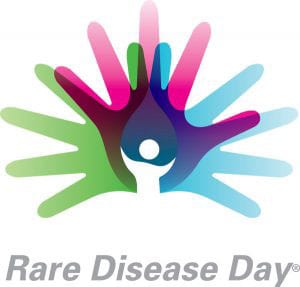A team of scientists from Rice University, Baylor College of Medicine, and the Jan and Dan Duncan Neurological Research Institute have introduced a significant breakthrough in the study of complex diseases: the Causal Pivot. As reported by Scienmag.com, this innovative statistical method is designed to unravel the intricate genetic pathways that underlie diseases like Parkinson’s, breast cancer, and hypercholesterolemia, paving the way for more precise and personalized medicine.
Complex diseases often present puzzle, patients with the same diagnosis may develop their illness through very different genetic mechanisms. Some are affected by the cumulative impact of many common genetic variants, while others are driven by rare, potent mutations. Previous genetic studies tended to lump all patients together, which masked these important differences. The Causal Pivot changes this by enabling scientists to subgroup patients based on the unique biological processes driving their disease.
Developed under the leadership of statistician Chad Shaw, the Causal Pivot is part of the broader field of Causal Analysis, which seeks to move from mere correlation to understanding true cause-and-effect in disease. The method ingeniously uses polygenic risk scores (PRS)—which summarize the risk from many common genetic variants—and tests if rare gene mutations may be the dominant cause for certain individuals. If someone carries a rare, impactful mutation, their overall PRS is often lower, since the rare mutation itself largely explains their disease risk. The Causal Pivot detects and models this relationship, allowing researchers to single out rare genetic drivers even in the absence of healthy control groups.
A major advantage of the Causal Pivot is its effectiveness in “cases-only” studies, which is highly valuable when control samples are scarce, as often happens with rare diseases. By building in protections against confounding factors like ancestry and genetic background, the method ensures its findings reflect true biological signals rather than statistical artifacts.
The research team validated the Causal Pivot using data from the vast UK Biobank, confirming its accuracy in detecting well-known gene-disease links, such as LDLR with high cholesterol, BRCA1 with breast cancer, and GBA1 with Parkinson’s. The tool not only proved specific and sensitive for single genes but also uncovered the influence of groups of rare mutations across entire biological pathways, such as those involved in lysosomal storage in Parkinson’s. This reveals how clusters of rare genetic hits can work together to cause disease in ways previously hidden to researchers.
The implications for personalized medicine are profound. By clarifying the genetic “routes” to disease, the Causal Pivot could help guide clinical testing, identify patients who would benefit from targeted therapies, and move medicine beyond one-size-fits-all approaches. Experts highlight that this tool brings much-needed rigor and nuance to genetic interpretation, enabling truly individualized patient care.
Looking forward, the team hopes to expand the Causal Pivot to incorporate environmental and other disease factors, establishing it as a general-purpose engine for medical discovery. In sum, the Causal Pivot represents a leap forward in understanding and treating complex diseases, transforming vast genetic data into actionable clinical insights.








